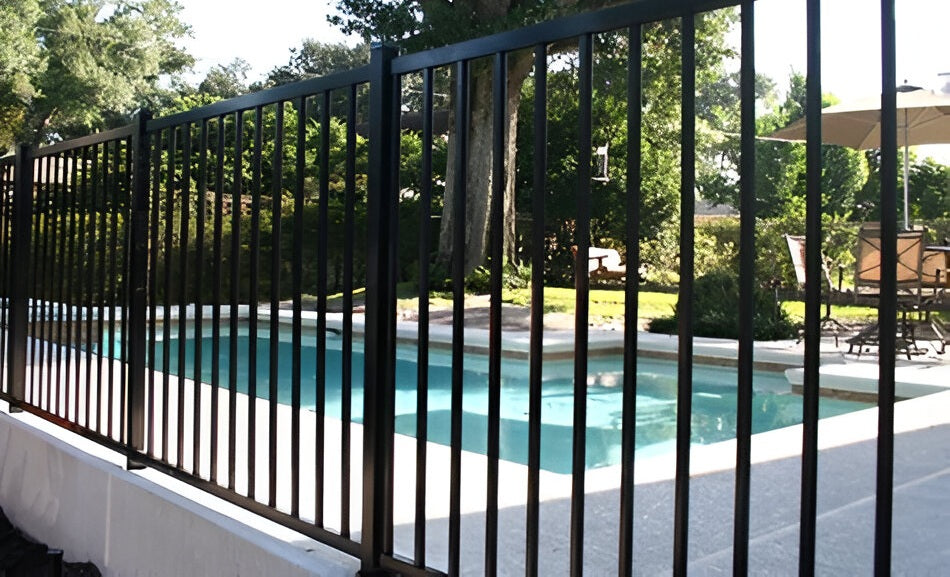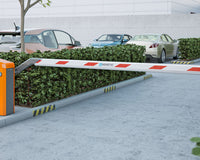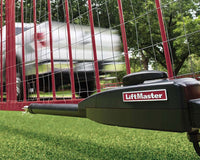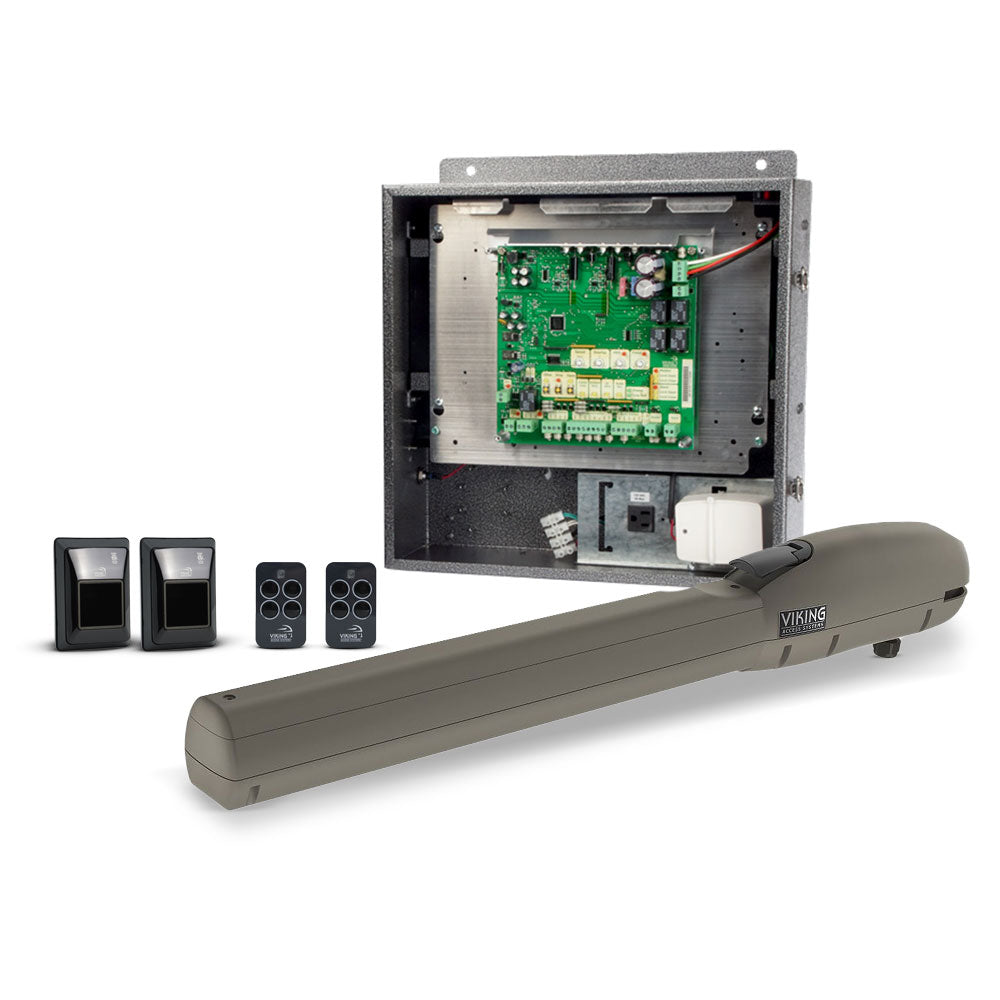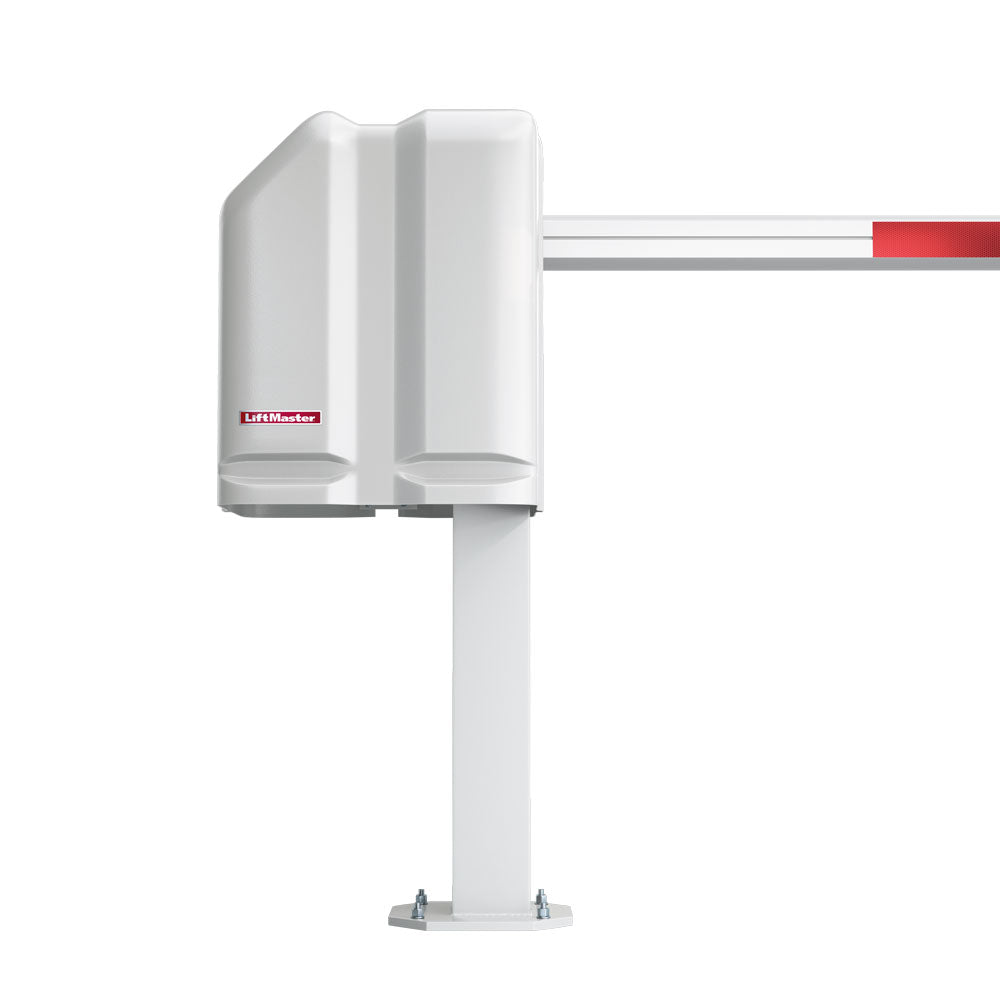Weather is often a neglected factor in fence installation. However, failing to consider its impact can delay the process and even cause a long-term problem with the fence system.
A fence installation that involves electric components such as gate operators and sensors can also pose a challenge. The good thing is that most of these devices are designed to withstand tough weather changes and elements.
The Impact of Weather on Fence Installation
The elements and weather changes can affect the overall stability of your fence installation and its materials. These factors not only influence the timing of your fence installation but can also affect the long-term durability of the fence.
The Durability of Your Fence Material
Fence materials react to outdoor elements differently. Metal fencing may be solid, but if it is not maintained, exposure to moisture can cause it to rust. Aluminum is corrosion-resistant, but it can undergo substantial deterioration at high temperatures.
The best way to avoid problems is by choosing the right fence material. You want something that can withstand the harsh conditions outside. Extreme heat, for example, can affect the materials used in fence construction. Vinyl fences can warp, while metal components may become too hot to handle safely.
Cause Contraction and Expansion
Hotter weather may also cause the fence material to contract or expand. If installation is done during the wrong season, it can affect the measurements of your fence. For instance, the fence can contract in colder weather, leaving you with a tightly spaced fence when it increases in size.
Conversely, they expand during summer and may cause sagging in the joints and hinges as they lose shape during the colder months. You also need to keep in mind the prevalence of summer rain storms, which can disrupt the installation process and affect the integrity of the materials.
Misaligned fences are short-lived and will only result in costly repairs. To avoid this problem, observe the right timing in fence installation. Spring or fall is ideal for this. Mild temperatures yield precise measurements for a sturdy fence output.
Wind Compromises Stability
Fence installation in windy situations is also hard. Wind forces exert pressure and damage the fence, which may cause the entire system to lean or sag.
The best way to ensure maximum fence support is to have a solid foundation. Make sure that the posts are anchored deep into the ground. It may also be a good idea to reinforce the posts with concrete.
Choose fence materials that are not prone to breakage, such as thick and dense wood or reinforced metals. Braces or angled support like crossbars can also make the fence more stable.
High Humidity
High humidity environments put certain fence materials, like wood, at risk for rot and mold unless they are properly treated. Metal fences can also experience corrosion if not adequately protected.
Post-Installation
Weather conditions can also cause a shift in the soil, or the dirt can settle after installation. This can affect the stability of the fence over time. The kind of weather you experience greatly dictates the level of maintenance required. Fences in areas that often see severe weather conditions may require more frequent inspections and repairs.
DIY Fence Installation Tips
There is nothing much you can do about the weather except wait until it becomes manageable. However, there are a few tricks you can use to fortify the fence so that it endures weather changes in your area.
Get the Right Fence Materials
Choose a sturdy fence that can withstand the elements and the specific climate in your area. Prioritize quality over design to navigate the challenges of changing weather.
Aluminum fences, for example, are beautiful, lightweight and rust-resistant. However, when used in areas prone to high winds, aluminum may bend or topple over unless secured in the ground with concrete.
Stain Wisely
Painting the fence adds a protective barrier and protection from the elements. Did you know that the fence color in certain weather conditions can also affect its weather-resistant ability? If you live in a hot climate, you may benefit most from lighter fence stains. These colors don’t absorb much heat from the sun and can even prevent it from expanding.
Weatherproof Your Fence With Sealant
Applying waterproofing sealant to your fence is one of the best solutions. Some fence materials, like wood, may be pressure-treated to protect them from rot and insects but not necessarily against moisture. Sealing the fence adds a protective finish to improve the water and sun resistance of all types of fence and gate materials.
The right sealant also makes the fence easier to clean. Dirt and grime are less likely to adhere to it.
Schedule Installation
When you live in warmer climates like Florida, it is best to schedule your fence installation in the fall or spring. Fall brings cooler temperatures, and there is less rain than during the summer. Spring is also great, especially if you plan to landscape around the fence. You can install your fence and plant new vegetation.
Read the weather forecast in advance to prevent any delays. Depending on the size of your property, the workaround time may be around 1 to 3 days or more. Concrete fence posts may take several more days to set and cure.
Weather-Resistant Fence Installation
Fence installation is intended for lifetime use, so make sure that the fence system you choose is also durable and long-lasting. The regular weather patterns in your area may serve as a strong guide in selecting the right fence for installation. For durable fence and gate parts and other home security products, visit us at All Security Equipment.
Call our customer service department for all of your gate and door security needs, and let us help you find the best product for your property.

